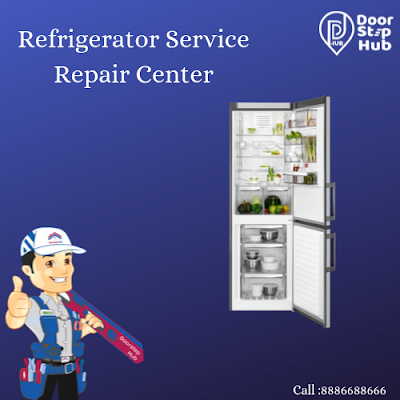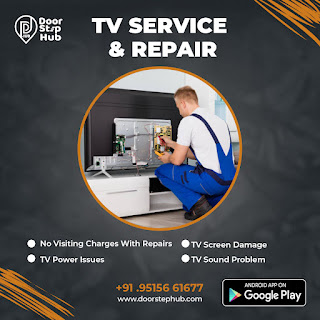Refrigerators can vary from model to model
they all operate on similar principles. Here we will identify the four main
factors of refrigerator operation as well as potential problems you may encounter.
·
Refrigeration
·
Temperature control
·
Airflow
·
Defrost
1. Refrigeration
Refrigerators help store food and keep
beverages cold by removing the heat from the inside of the appliance. To
accomplish this refrigerator uses a sealed system that pumps refrigerants
through a set of coils. The system includes a compressor, a pump which
compresses the refrigerator in gas form into the condenser coils where the gas
is condensed into a hot liquid the condenser coils dissipate the heat as the
liquid travels through them. Besides these coils can collect dust, dirt, and
hair which prevents the coils from properly dissipate the heat.
If you observe that the refrigerator is
not cooling properly the condenser coils may need to be cleaned. Once the
refrigerant has passed through the condenser coil and the capillary tube it
travels to the evaporator coils which are located in the freezer as the
refrigerant liquid enters these coils it expands into gas which makes the coil
cold the gas flows through the coils to a suction line attached to the
compressor .the compressor converts the gas back into a liquid and then cooling
cycle continues.
You can determine if there is a cooling problem with this system by observing the evaporator coils while the refrigerator is running if the system is operating properly there should be a
consistent frost pattern on all of the evaporated coils .if only one or two
rows contain frost and the rest do not it’s likely that the sealed system has
developed a restriction or a leak.
Be aware that any repairs to the system must
be performed by a certified technician.
2. Temperature
Control
·
The temperature within the refrigerator
should be between 35 to 40 degrees Fahrenheit.
·
The temperature in the freezer must be zero
degrees Fahrenheit.
The temperature is maintained by the
refrigerator control, depending on the model the control may be a thermostat
switch and sensing bulb assembly or electronic control board that works with
one or more sensors. Be conscious that some models will have a separate control
for the freezer.
To cool about the refrigerator and
freezer the control allows the voltage to travel to the start relay and
compressor as well as to the condenser fan motor and evaporator fan motor .once
the proper temperatures have reached the control shuts off the voltage to the
cooling system.
If the refrigerator is not cooling then
check the temperature setting by following the user manual book for endorsed refrigerator and freezer coolness
settings and then reset the thermostat accordingly.
Keep in mind that it’s normal for the
temperature to vary throughout the cycle.
3. Airflow
Airflow is vital for refrigerators to
work properly to cool the condenser coils the condenser fan draws in air from
the front of the appliance sends it through the condenser itself and then
circulates the air back out the grill. At the same time, the evaporator fan
draws air from the refrigerator into the freezer the air passes through the
evaporator coils which removes the heat from the air. The air then flows back
into the refrigerator continuing the cycle.
Most models will have damper door to
control from the freezer to the refrigerator this damper may be automatically
controlled by temperature control or manually controlled by the user.
If the food or beverages in the
refrigerator compartment starts to freeze the damper door could be stuck open.
if the refrigerator will nor cool properly but the freezer appears to be
working the door could be stuck closed or the evaporator fan may have failed
and will need to be replaced.
4. Defrost
As we discussed earlier the evaporator
coils collect frost as the air from the refrigerator passes through them since
frost build-up can cause airflow problems the coils require periodic defrosting
older models needed to be defrosted manually but most of today’s models use an
automatic defrost system.
The basic components in this system are
- Defrost heater
- Defrost thermostat
- Defrost control
Depending on the model the control may
be a defrost timer or a defrost control
board.
A defrost timer sets the heater on for
about 25 minutes two or three times a day to prevent the evaporator coils from
frosting over.
A defrost control board will also turn
the heater on periodically but will regulate more efficiently.
If the control thermostat or heater
breaks the evaporator coils will likely frost over causing poor cooling in the
refrigerator .you can test both the thermostat and heater for continuity to
determine if a continuous electric path is present. if both thermostat and
heater test positive for continuity it’s likely that the controller is
defective and will need to be replaced.
Refrigerator repair services Contact Doorstep Hub
Refrigerator repair services Contact Doorstep Hub





No comments:
Post a Comment